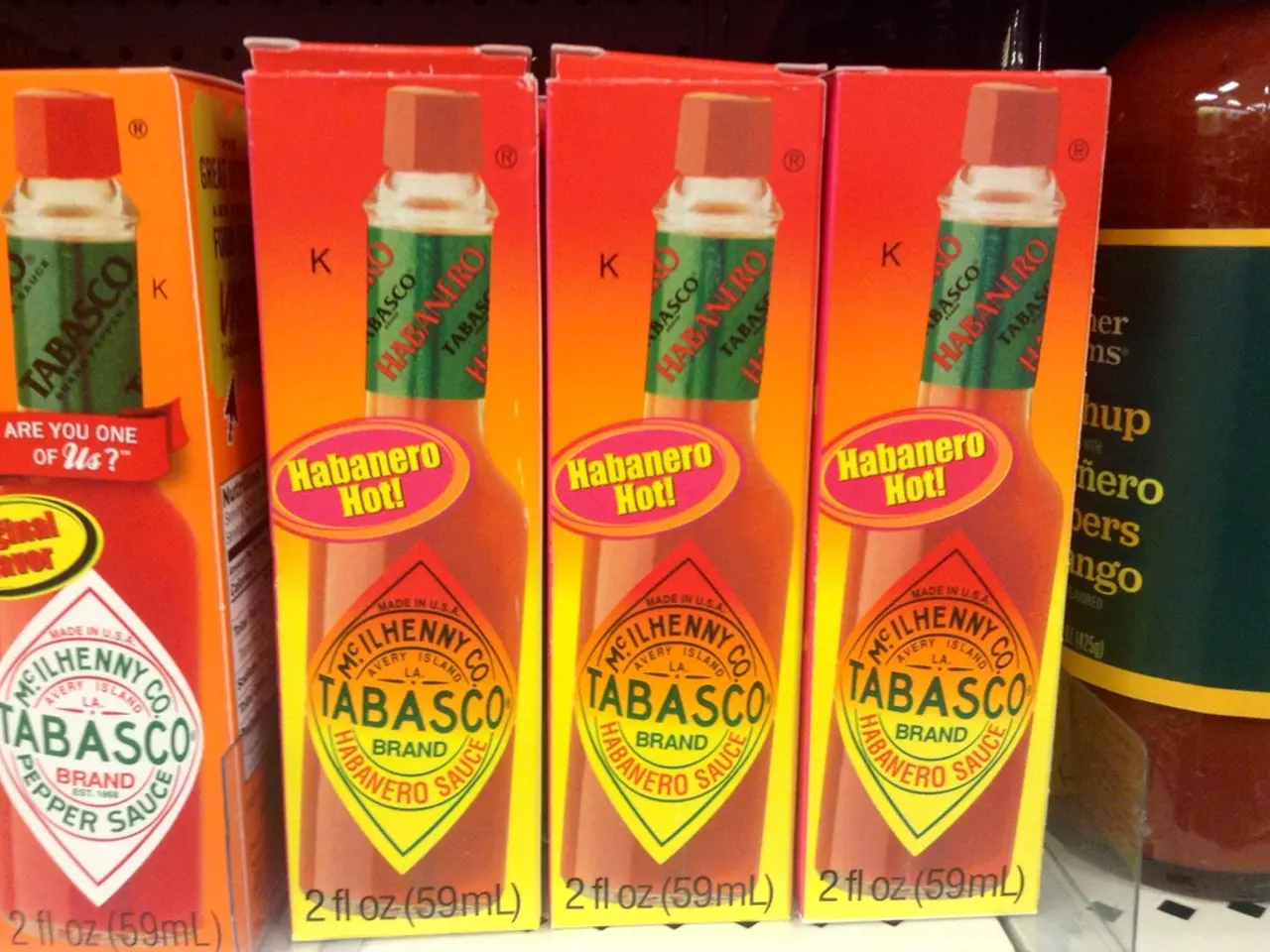Differentiating Corns and Calluses: Understanding Their Characteristics and Remedy Methods
A common ailment affecting many people, particularly those who spend long hours on their feet or engage in activities that cause repeated friction or pressure, are corns and calluses. These hard, painful areas of skin develop on the feet due to pressure or friction and can be a source of discomfort and embarrassment.
Corns and calluses share some similarities in their treatment, but it is essential to understand the differences between the two conditions and when medical supervision is necessary.
### Home Treatment for Corns and Calluses
Both corns and calluses can often be treated at home with soaking, gentle filing, moisturizing, and protective padding. Soaking the affected area in warm water for 5–10 minutes softens the skin, making it easier to reduce thickened skin using a pumice stone or callus file gently, once or twice per week.
Applying creams containing salicylic acid, ammonium lactate, or urea to the affected area can help soften the skin and facilitate gradual removal. Wearing well-fitting shoes, thick socks, and using foot cushions or padding helps reduce friction and pressure that cause these lesions. It is crucial to avoid sharp objects when attempting to treat corns and calluses at home, as it risks infection and serious injury.
### Differences in Treatment Emphasis
Corns are smaller and often more painful than calluses. Their treatment may involve carefully scooping out the central hard core by a professional to relieve pain. Calluses, on the other hand, are larger and usually less painful, formed on weight-bearing areas. They can be reduced in size safely during a professional session without complete removal, as some callus layer is protective.
### Medical Supervision Considerations
People with circulatory problems, diabetes, neuropathy, or peripheral artery disease should avoid home treatments like filing and acid-based creams without medical advice due to the increased risk of injury and infection. Medical professionals can perform safe, painless removal or reduction of corns and calluses using specialized techniques that work on dead skin without causing pain or damage.
Use of corn pads containing acid treatments is not recommended without expert guidance because these can damage surrounding healthy skin and worsen the condition. If a corn or callus is large, painful, or interferes with daily activities, seeing a podiatrist or foot care specialist is advisable for proper assessment and treatment.
Professionals also assess foot health comprehensively, screening for associated issues like foot deformities and neuropathy, and may provide custom orthotics or footwear recommendations to prevent recurrence.
In conclusion, while both corns and calluses can initially be managed with home remedies like soaking, gentle filing, and moisturizing, medical supervision is important for painful, large, or complicated cases, and is essential for people with underlying health conditions to avoid serious complications. It is always best to consult a healthcare professional for proper diagnosis and treatment.
---
### Summary Table
| Aspect | Corns | Calluses | Home Treatment Notes | Medical Supervision Notes | |-----------------------------|--------------------------------------------|-------------------------------------------|-------------------------------------------------------------|----------------------------------------------------------------| | Size and Pain | Smaller, often painful | Larger, usually less painful | Soak, gentle filing, moisturize | Professional scooping for corns; size reduction for calluses | | Location | Pressure points, toes | Heels, balls of feet, hands | Use pumice stone/file cautiously once or twice weekly | Avoid cutting or aggressive removal at home | | Home Remedies Ingredients | Salicylic acid, ammonium lactate creams | Same as corns | Avoid sharp tools, acid pads without medical advice | Professional care reduces risk of injury and infection | | At-risk Groups | Diabetics, peripheral artery disease etc. | Same as corns | Should not self-treat with filing or acid creams | Regular professional monitoring and care recommended | | Prevention | Proper footwear, padding | Same as corns | Maintain moisture, reduce friction | Custom orthotics, footwear, and podiatric care advised |
[1] American Podiatric Medical Association. (n.d.). Corns and calluses. Retrieved March 15, 2023, from
- The treatment for both corns and calluses can be carried out at home with soaking, gentle filing, moisturizing, and protective padding.
- Corns, being smaller and more painful, may require professional help to relieve the central hard core, while calluses, larger and usually less painful, can be safely reduced in size during a medical session.
- People with underlying health conditions like diabetes, neuropathy, or peripheral artery disease should seek medical advice before attempting home treatments due to the increased risk of injury and infection.
- The use of corn pads containing acid treatments requires expert guidance to avoid damaging healthy skin and worsening the condition.
- If a corn or callus is large, painful, or interferes with daily activities, it is advisable to consult a podiatrist or foot care specialist for proper assessment and treatment.
- In addition to assessing foot health and offering treatment for corns and calluses, professionals can also screen for associated medical-conditions like foot deformities and neuropathy.
- In the realm of health-and-wellness and skin-care, science plays a crucial role in understanding these common issues and developing predictive methods to manage them effectively, ultimately promoting a better quality of life for individuals dealing with these medical-conditions like obesity, depression, atopic dermatitis, spondylitis, psoriasis, ankylosing spondylitis, and COPD.




